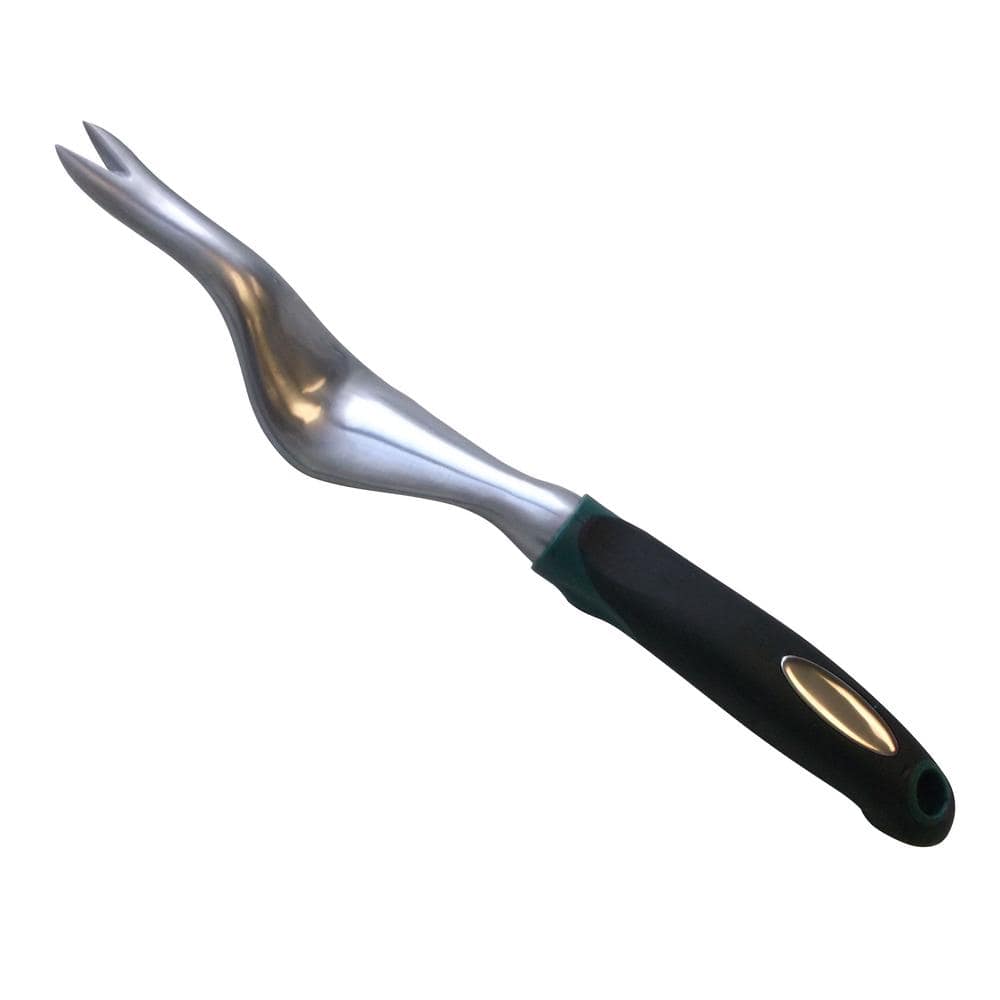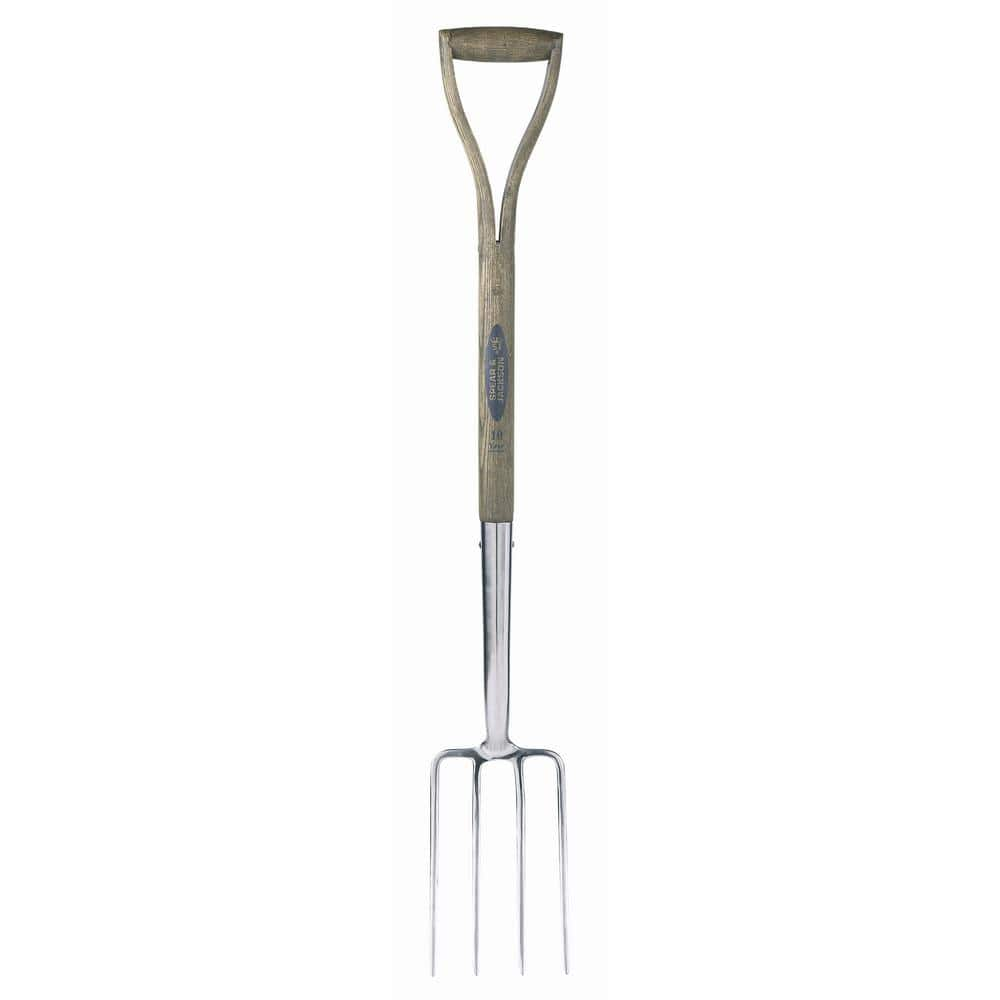Perennials for Early Spring Garden Color

Published January 18, 2024
In early spring, perennials like hostas emerge with striking foliage. Creeping phlox shines from flower borders and candytuft dances in the breeze. If you're the kind of gardener who wants this show every year, select early-blooming perennials best suited for your garden.
When selecting perennials for your garden, learn which plants are winter hardy in your area and plant them in their preferred light. Perennials are classified as full sun (6 to 8 hours of sunlight), part sun (4 to 6 hours of sunlight) and full shade (less than 4 hours of sunlight). Read on for inspiring picks for early spring perennials.
Table of Contents
Astilbe
Candytuft
Creeping Phlox
Dianthus
Hellebores
Hostas
Astilbe

It’s no wonder vibrant astilbe ranks among the top shade perennials. Astilbe comes in a variety of colors with feathery plumes and plants range from 6 inches to 5 feet in height. Plant astilbe in part shade to full shade and let it brighten up your early spring garden. Astilbe thrives in gardens in zones 4 to 8.
Candytuft

These white flowers love the sun and tolerate drought conditions. Candytuft is a ground hugger that blooms in spring and then again in fall. Shear off the early growth to encourage lots of continuous blooms. Candytuft is well-suited to planters and makes a lovely border plant in any garden bed. Candytuft attracts pollinators and is deer resistant. Candytuft thrives in hardiness zones 3 to 9.
Creeping Phlox

Creeping phlox is an easy-to-grow plant native to the eastern United States. It spreads a colorful carpet of pink or purple blooms in your garden. Plant creeping phlox as a dependable ground cover in full or partial sun. Deer will steer clear of it, but birds and pollinators will love it. Creeping phlox is winter-hardy in zones 3 to 8.
Dianthus

Easy-care dianthus tolerates cool weather and springs up reliably each year. Plant these showy flowers (commonly called "pinks") early to establish strong growth habits before summer heat sets in. Well-draining soil is important for dianthus; it doesn't like wet feet. In the right spot, dianthus may continue to bloom through summer if conditions don’t get too hot. Some varieties grow from 10 to 20 inches tall. Dianthus is hardy in zones 6 to 10.
Hellebores

Hellebores are shade-loving perennials with downcast blooms in colors ranging from white and pink to burgundy and purple. Hellebores, commonly called "Lenten Rose," start blooming in late winter and continue through spring before they go dormant in summer heat. Hellebores reach heights of 1 to 2 feet and grow best in well-draining soil amended with compost. They’re deer and rabbit resistant and hardy in zones 5 to 9.
Hostas

With their flashy foliage, these herbaceous perennials star in many gardens. Hostas work well in a supporting role, too, with color and texture framing lively blooms from annuals and bulbs. Hostas are shade tolerant and hardy in zones 3 to 8.
Hostas are favorites with deer, too. This may not be a problem for some gardeners, but if deer visit your garden, try planting hostas close to your home and employing a host of deer-proofing strategies, like using deer spray and electronic repellents.
Iris

Beautiful iris are available in a variety of colors like pink, purple, white, yellow, peach and bronze. Iris grow from rhizomes, similar to bulbs. They range in height from 10 inches to 3 feet. Iris are drought-tolerant flowers that bring dimension and gentle fragrance to gardens and containers. Iris are winter-hardy in zones 4 to 9.
Peony

Peonies are fragrant and visual show-stoppers. They are cool climate favorites (hardiness zones 3 to 8). Once established, they're easy to care for and have abundant, heavy blossoms. Plant peonies in a full sun site in soil amended with organic compost. Keep them staked or caged to keep them upright. Peonies grow well in containers, too.
Scabiosa

Scabiosa, or pincushion flower, features long-blooming blossoms that attract pollinators but not deer. These clumping flowers prefer afternoon shade in hot climates and look perfect in cut flower arrangements. Scabiosa plants grow between 1 to 2 feet tall and are hardy in zones 3 to 9.
Solomon’s Seal

Solomon’s seal is a shade perennial that adds unique foliage to your garden. The plants have bold leaves and long arching stems with dropping blossoms running along the top in the spring. Solomon's seal grows from 1 to 6 feet tall and is hardy from zone 3 to 9.
Speedwell

This spiky flower is also known as veronica. Speedwell brings interest to gardens and containers with its long, colorful and carefree blooms.
Speedwell flowers come in violets, blues, reds and pinks. The blooms attract hummingbirds and other pollinators from spring to fall. Combine with daylily, coreopsis, cranesbill and scabiosa for an attractive pollinator garden. Speedwell is hardy in zones 6 to 9.
How to Plant Perennials in a Flower Bed

Early spring is an ideal time to plant perennials. Check plant tags for sunlight requirements and place plants in spaces where they'll thrive.
When you're ready to plant:
- Remove weeds and debris from the planting area
- Plant tall flowers near the back of a border garden or in the middle of a center garden bed. Space perennials 18 to 20 inches apart.
- Plant medium-height flowers between the tall flowers and the border of the garden. Space them about 12 inches apart.
- Plant the shortest plants in the front of your garden. Space them about 8 to 10 inches apart.
- To plant, dig a hole the depth of the plant’s root ball, and a few inches wider. Optional: Add organic compost or a slow-release fertilizer to the new hole.
- Gently remove the new plant from the container and place the plant in the hole.
- Cover roots with soil and pat firm so the plant stands tall.
- When you plant rhizomes like iris, dig a hole with a ridge of soil in the center. Place the rhizome on the ridge and let the roots fall into the hole. Fill with soil and leave the rhizome just above the soil level.
- Many perennials benefit from a layer of mulch to protect from extreme heat (or cold) and to suppress weeds.
- Water your new perennials deeply with a soaker hose, watering can or irrigation system.
Tip: Plant on a cloudy or overcast day. Planting in direct, hot sun can scorch young plants.
Create an early showing of vibrant colors in your yard by planting spring-blooming perennials. Whether you have a shady, sunny, wet or dry yard, this guide offers you ideas for your landscape. Ready to shop for perennials or gardening tools? Use the Home Depot Mobile App to locate products and check inventory. We’ll take you to the exact aisle and bay.



































